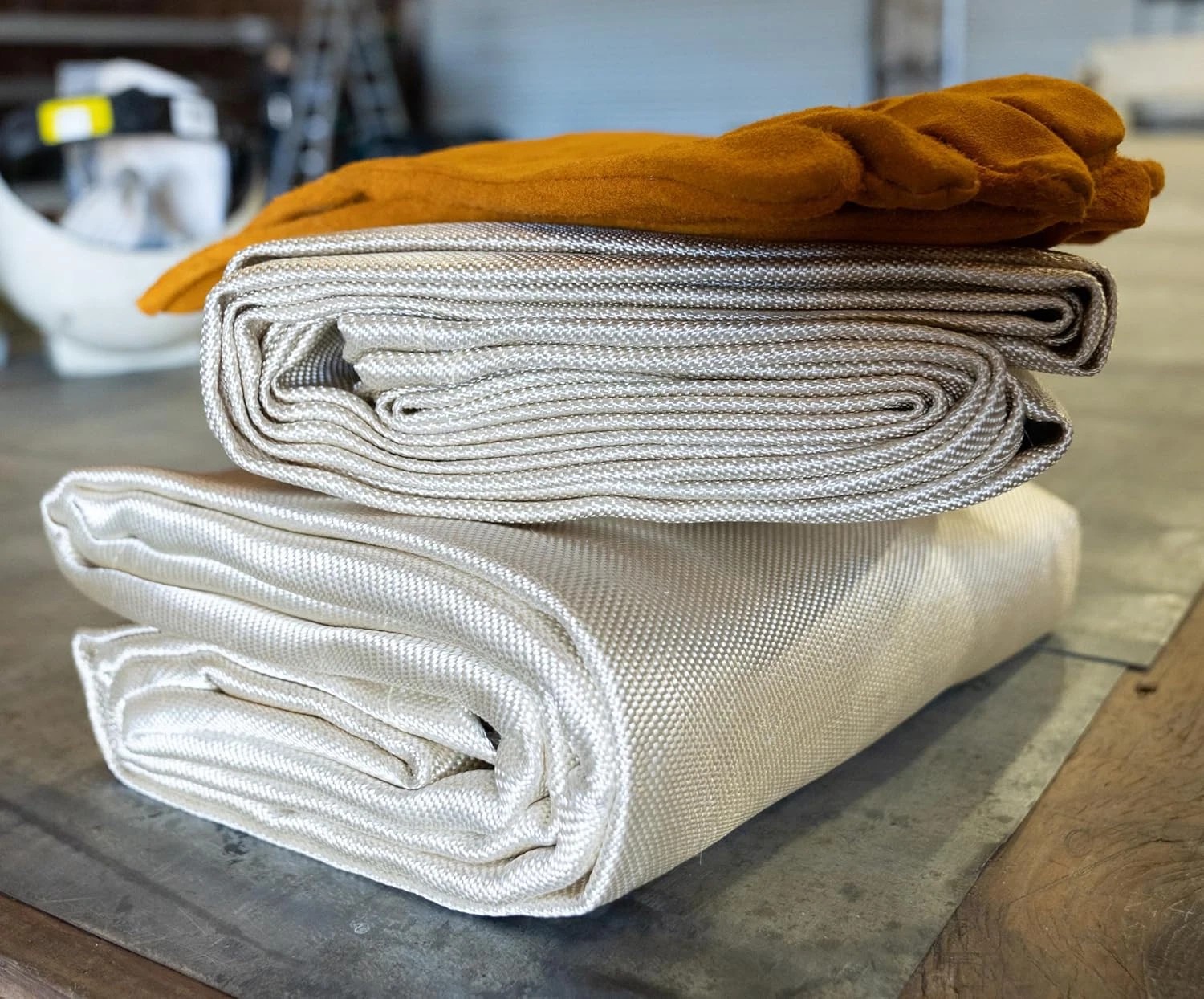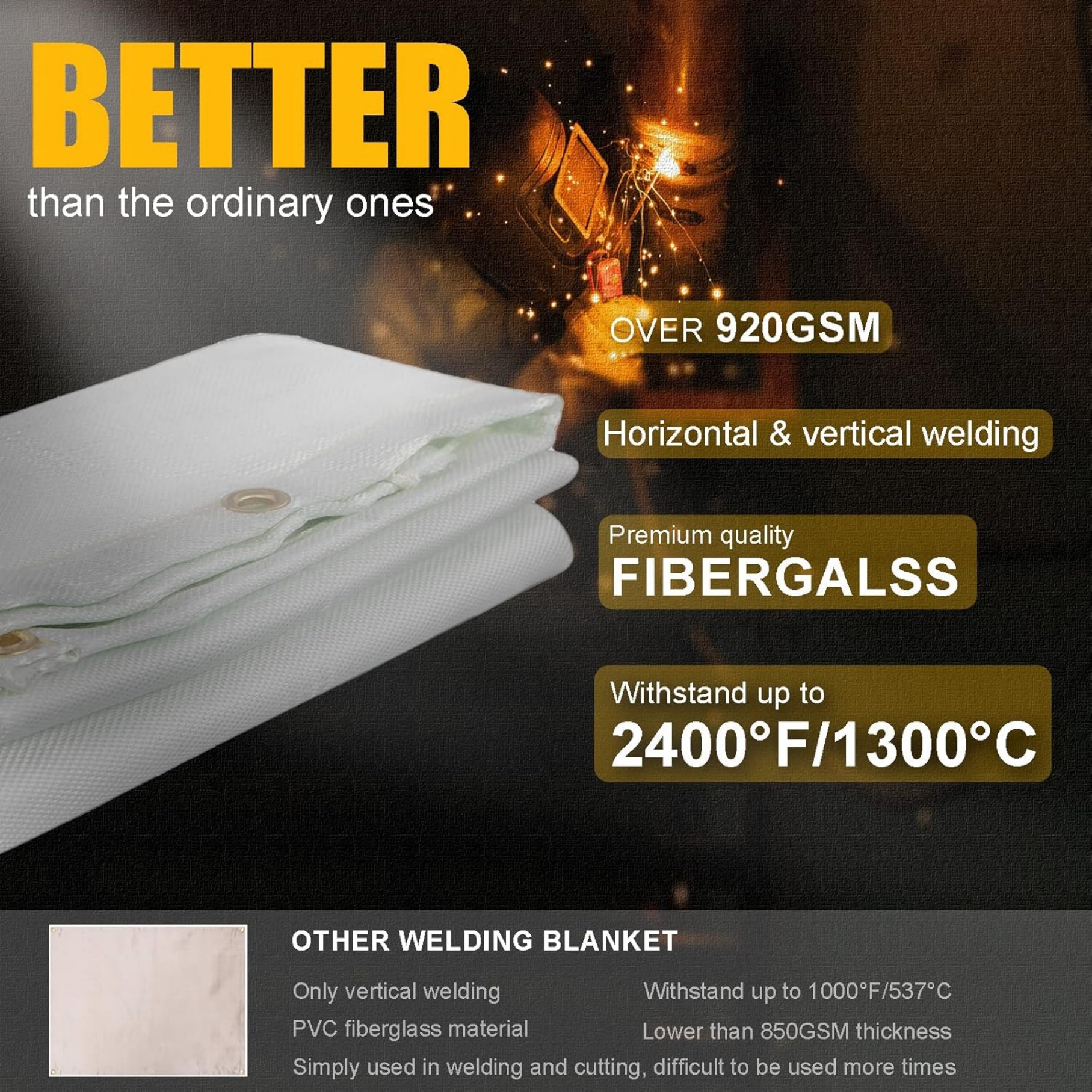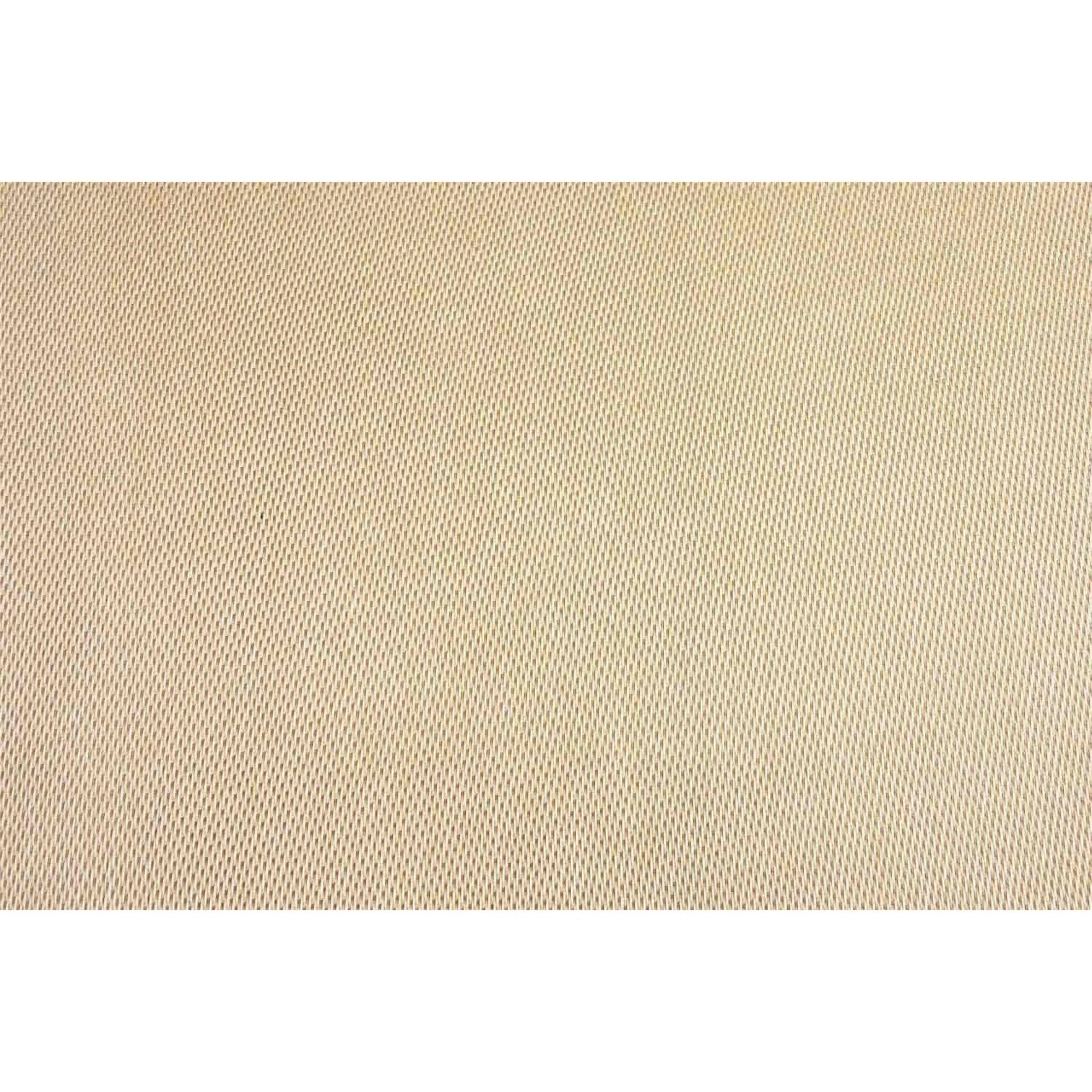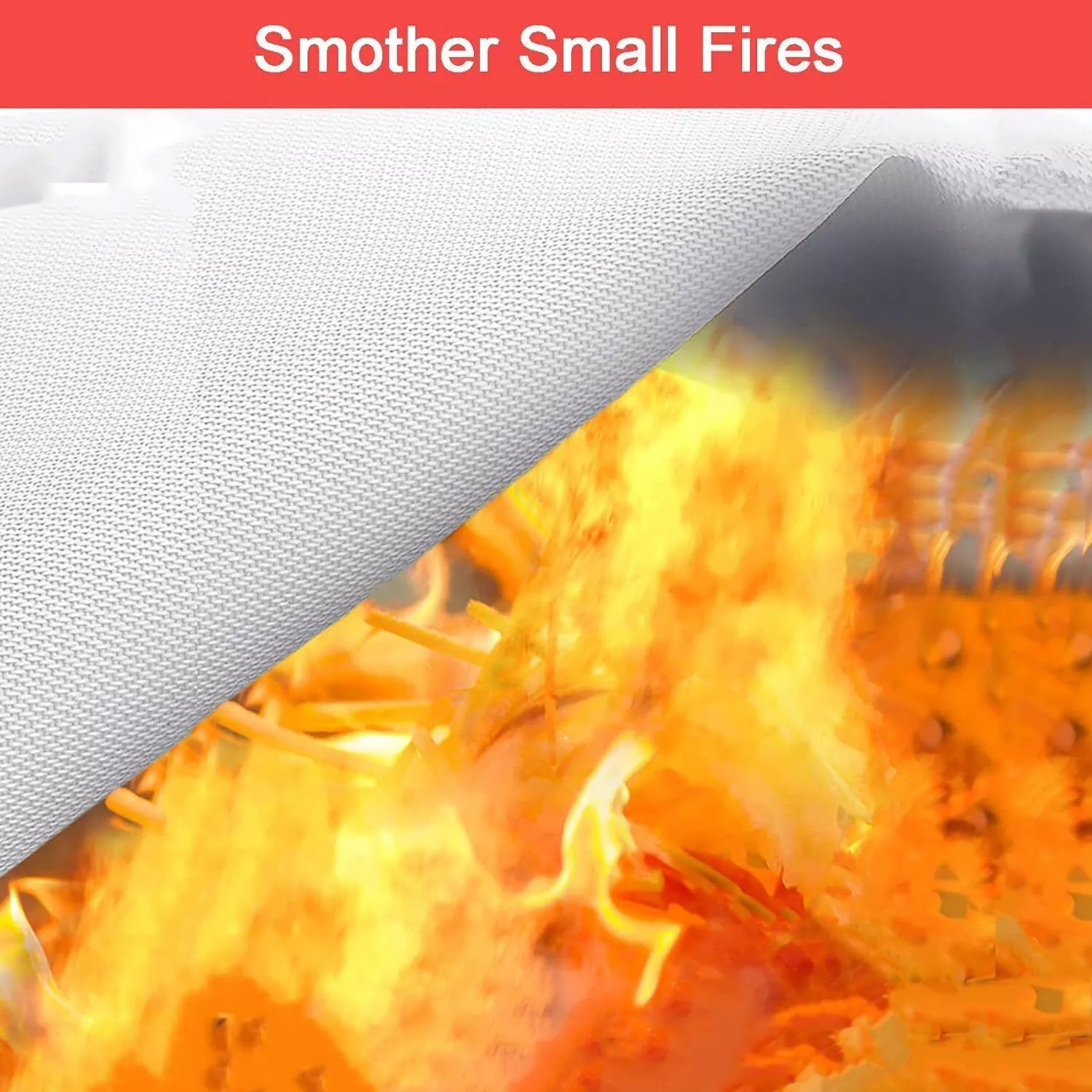Cheap Blanket Fire Safety: Risks, Prevention and Smart Alternatives
This article explains why cheap blankets pose fire risks, how to prevent blanket fires, and safer alternatives. You'll learn material science behind flammability and practical safety tips for home use.
Why Cheap Blankets Are Fire Hazards
When you buy inexpensive blankets, you're often getting synthetic materials like polyester or acrylic. These petroleum-based fabrics have higher flammability than natural fibers. The problem intensifies when manufacturers skip flame-retardant treatments to cut costs.
During a cheap blanket fire, synthetic materials melt rather than burn cleanly. This creates sticky, burning droplets that spread flames and cause severe burns. The smoke contains toxic chemicals like hydrogen cyanide and carbon monoxide.
How Blanket Fires Start
Most blanket fires begin from:
- Space heaters placed too close to bedding
- Frayed electrical cords near beds
- Cigarettes or candles falling on blankets
- Overheating electric blankets
A cheap blanket fire spreads 3-4 times faster than one involving wool or fire-treated cotton. Within two minutes, an entire room can become engulfed in flames.
Preventing Blanket Fires
Follow these safety measures with any blanket, especially inexpensive ones:
- Keep all blankets at least 3 feet from heat sources
- Wash blankets according to label instructions (some lose fire resistance after improper washing)
- Replace electric blankets older than 10 years
- Choose blankets with UL certification for fire safety
- Install smoke detectors in bedrooms
Safer Blanket Alternatives

For better fire safety without breaking the bank:
- Wool blankets:Naturally flame-resistant and self-extinguishing
- Fire-treated cotton:Affordable with added safety
- Silk blends:Difficult to ignite and slow-burning
- Bamboo fiber:Less flammable than synthetic alternatives
Look for blankets meeting CPSC flammability standards or European fire safety certifications. While slightly more expensive initially, these options dramatically reduce cheap blanket fire risks.
What to Do During a Blanket Fire
If a blanket catches fire:
- Don't throw water on synthetic material fires (can spread flaming droplets)
- Smother flames with a heavy non-synthetic blanket or fire extinguisher
- Roll the person on the ground if clothing catches fire
- Get everyone out immediately and call emergency services
Material Science Behind Blanket Flammability
Understanding why cheap blankets burn differently helps you make safer choices:
Synthetics (polyester, acrylic):Melt at 250-300°F, releasing flammable gases. The melting material sticks to skin, causing worse burns.
Natural fibers (wool, cotton):Wool doesn't melt and requires higher temperatures to ignite. Cotton burns but doesn't melt.
Treated fabrics:Chemical additives disrupt the combustion process, making ignition harder and slowing flame spread.
Smart Shopping Tips
When buying affordable blankets:
- Check labels for flame-resistant treatments
- Avoid "high-pile" or "shaggy" synthetic blankets (more surface area to burn)
- Choose tighter weaves over loose knits
- Look for metalized fiber content (some budget thermal blankets include these)
Remember that a cheap blanket fire can cost far more than investing in safer bedding. Prioritize safety certifications over thread count or thickness claims when shopping on a budget.






